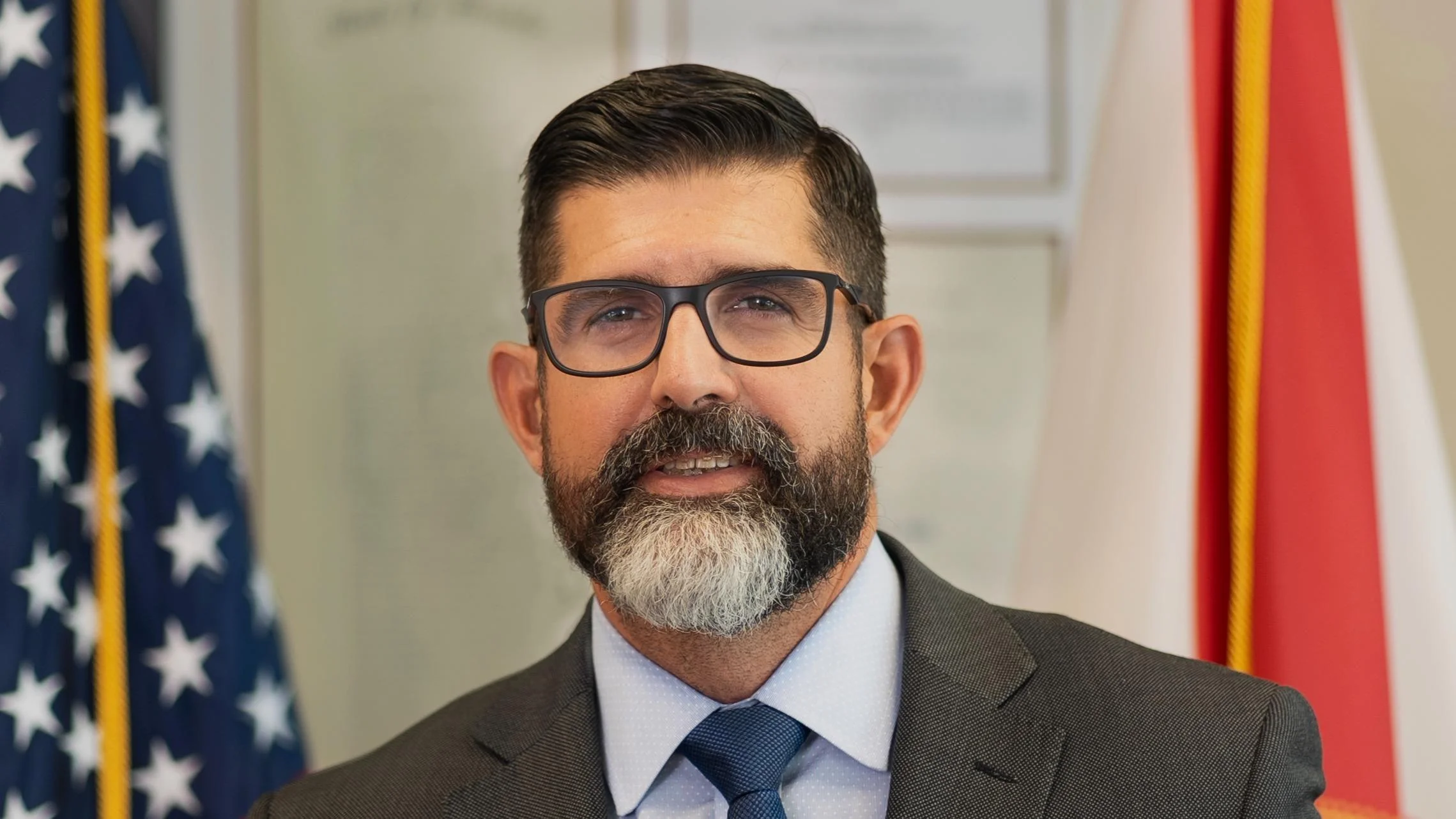
Kristin Hamilton NBCT Vice President, Standards & Assessment | National Board for Professional Teaching Standards
Teachers are increasingly integrating music and movement into elementary classrooms to enhance learning. This approach, rooted in holistic learning, connects cognitive, emotional, and physical aspects of how children learn. According to DiDomenico (2017), this method can significantly boost academic achievement, student engagement, and social-emotional development.
The strategy involves activating multiple parts of the brain through activities like singing and rhythmic engagement, which deepens understanding and increases retention (Still & Bobis, 2005). It aligns with arts integration principles where students express understanding creatively across content areas (The Kennedy Center, n.d.).
Research supports its effectiveness in academic outcomes. An et al. (2015) reported improved confidence and effectiveness among preservice teachers using music-based math lessons. Samsudin et al. (2019) found that singing and movement helped students focus on mathematical concepts. In reading instruction, tools like GoNoodle have been shown to improve fluency by keeping students active (Wold, 2019). Repeated songs and rhymes paired with movement enhance phonological awareness (Roberts, 2020).
Classroom engagement also benefits from these methods. Students tend to participate more when music and movement are included in their learning environment. Arts-integrated activities foster collaboration and critical thinking according to Dieterich (n.d.). Hall (2019) observed decreased transition times between activities when music was used.
Beyond academics, music and movement support social-emotional growth by promoting self-regulation and connection among students. Activities involving rhythm encourage emotional awareness and inclusivity in the classroom (Abril, 2011). John et al. (2016) noted that musical play helped children become calmer and more focused.
However, challenges exist in implementing these practices. Teachers must align activities with curriculum goals as suggested by An (2012), while managing constraints like time or resources as noted by DiDomenico (2017). It's important that general classroom use supplements rather than replaces instruction by certified music specialists.
Practical ways to start include using resources like videos from Jack Hartman and Jan Richardson for literacy and math lessons as mentioned by Moua (2023).
Incorporating music and movement into classrooms is an evidence-based method for making learning dynamic, inclusive, and impactful.





 Alerts Sign-up
Alerts Sign-up